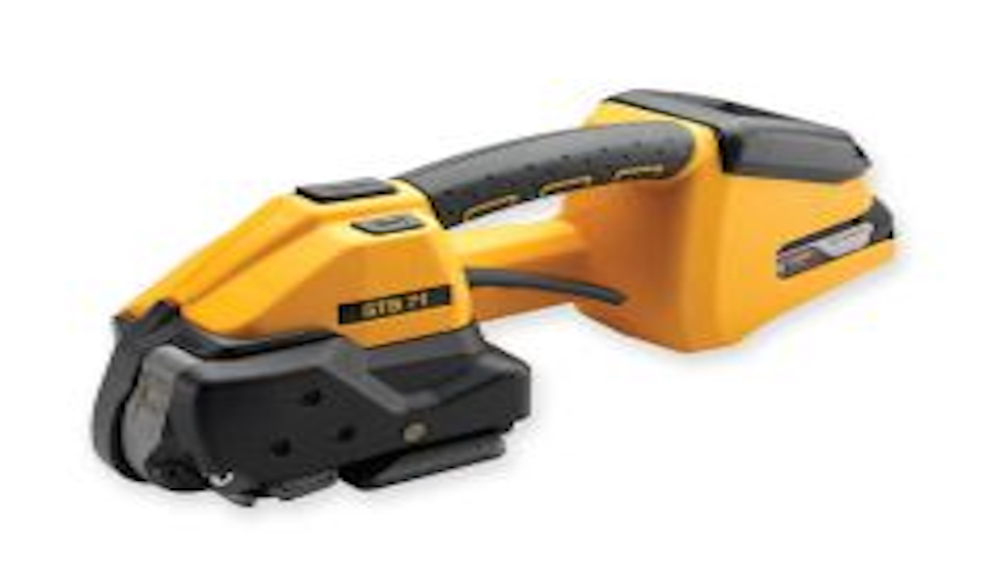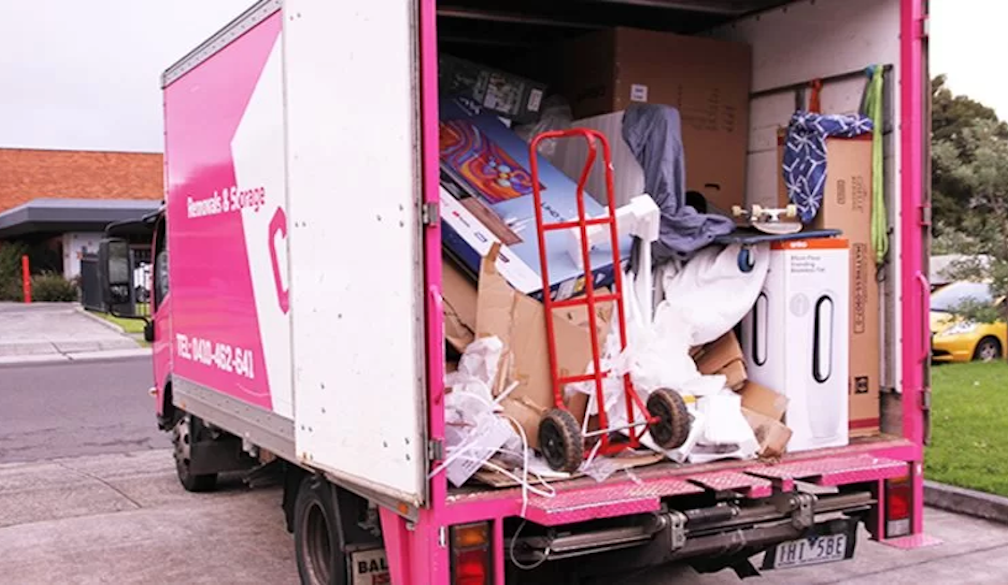How Strapping Machines Enhance Efficiency in Packaging and Logistics

In the fast-paced world of packaging and logistics, efficiency is paramount. Strapping machines play a crucial role in streamlining packaging processes, improving productivity, and ensuring product integrity. For businesses across Australia, investing in modern strapping machines can offer significant benefits, from reducing manual labour to enhancing packaging consistency. This article explores how strapping machines contribute to greater efficiency in packaging and logistics operations.
Streamlining Packaging Processes
Strapping machines automate the process of securing packages with strapping material, which traditionally required significant manual effort. By automating this task, businesses can achieve faster strapping speeds and reduce the time spent on each package. This is particularly beneficial in high-volume environments, such as distribution centres and manufacturing facilities, where quick turnaround times are essential. Automated strapping machines ensure that each package is consistently secured, reducing the risk of damage during transit and improving overall workflow efficiency.
Reducing Labour Costs
Manual strapping can be labour-intensive, requiring considerable human resources to complete. Strapping machines automate this process, allowing fewer workers to handle more packages in less time. This shift not only reduces labour costs but also reallocates human resources to other critical tasks, such as quality control or customer service. In Australia’s competitive market, where managing operational costs is crucial, investing in strapping machines can result in substantial long-term savings.
Enhancing Packaging Consistency
Consistency in packaging is vital for maintaining product quality and ensuring a professional appearance. Strapping machines provide uniform tension and application of strapping material, which enhances the overall quality of the packaging. This consistency helps prevent issues such as loose or uneven strapping, which can lead to product damage or delays in shipping. For businesses aiming to present a reliable and high-quality image, automated strapping ensures that every package meets the same high standards.
Improving Safety
Strapping machines contribute to a safer working environment by reducing the need for manual handling and minimising the risk of injuries related to repetitive strain or mishandling of strapping tools. Modern machines are designed with safety features, such as automatic cut-off mechanisms and user-friendly controls, which further enhance workplace safety. By reducing manual intervention, businesses can lower the risk of accidents and create a safer, more efficient working environment.
Increasing Operational Efficiency
Strapping machines are designed to integrate seamlessly into existing packaging lines, allowing for smoother and more efficient operations. They can be customised to accommodate various package sizes and types, and many models offer features such as adjustable tension settings and programmable strapping cycles. This flexibility ensures that businesses can optimise their packaging processes and adapt to changing needs without significant downtime or reconfiguration.
Enhancing Product Security
Secure strapping is essential for protecting products during transit and storage. Strapping machines ensure that each package is tightly secured, reducing the risk of damage from shifting or impact. This enhanced protection helps maintain product integrity, reduces the likelihood of returns or claims due to damaged goods, and improves overall customer satisfaction. For Australian businesses, where logistics and supply chain reliability are critical, effective product security is a key factor in maintaining a strong reputation.
Supporting Environmental Sustainability
Many modern strapping machines are designed with sustainability in mind, using recyclable strapping materials and energy-efficient technologies. By choosing eco-friendly strapping options and reducing waste through precise application, businesses can support their environmental sustainability goals. In Australia, where there is a growing emphasis on green practices, incorporating sustainable packaging solutions can enhance a company’s commitment to environmental responsibility.
Conclusion
Strapping machines play a vital role in enhancing efficiency in packaging and logistics by streamlining processes, reducing labour costs, improving packaging consistency, and increasing operational efficiency. They also contribute to a safer working environment, enhance product security, and support environmental sustainability. For Australian businesses looking to optimise their packaging operations, investing in modern strapping machines offers a strategic advantage that can lead to significant improvements in productivity, cost savings, and overall operational effectiveness. Embracing this technology not only boosts efficiency but also positions businesses for success in a competitive market.









